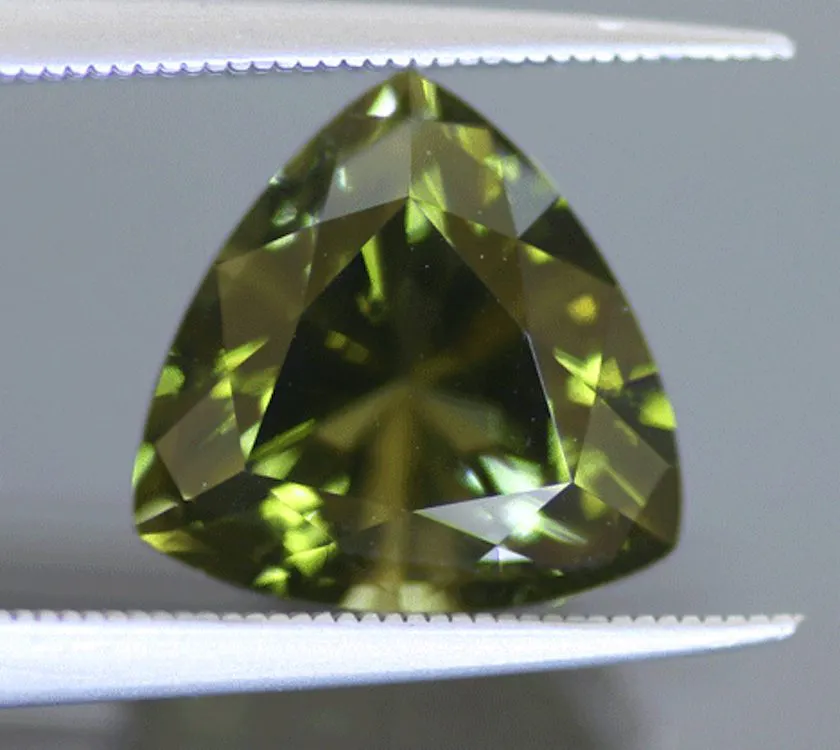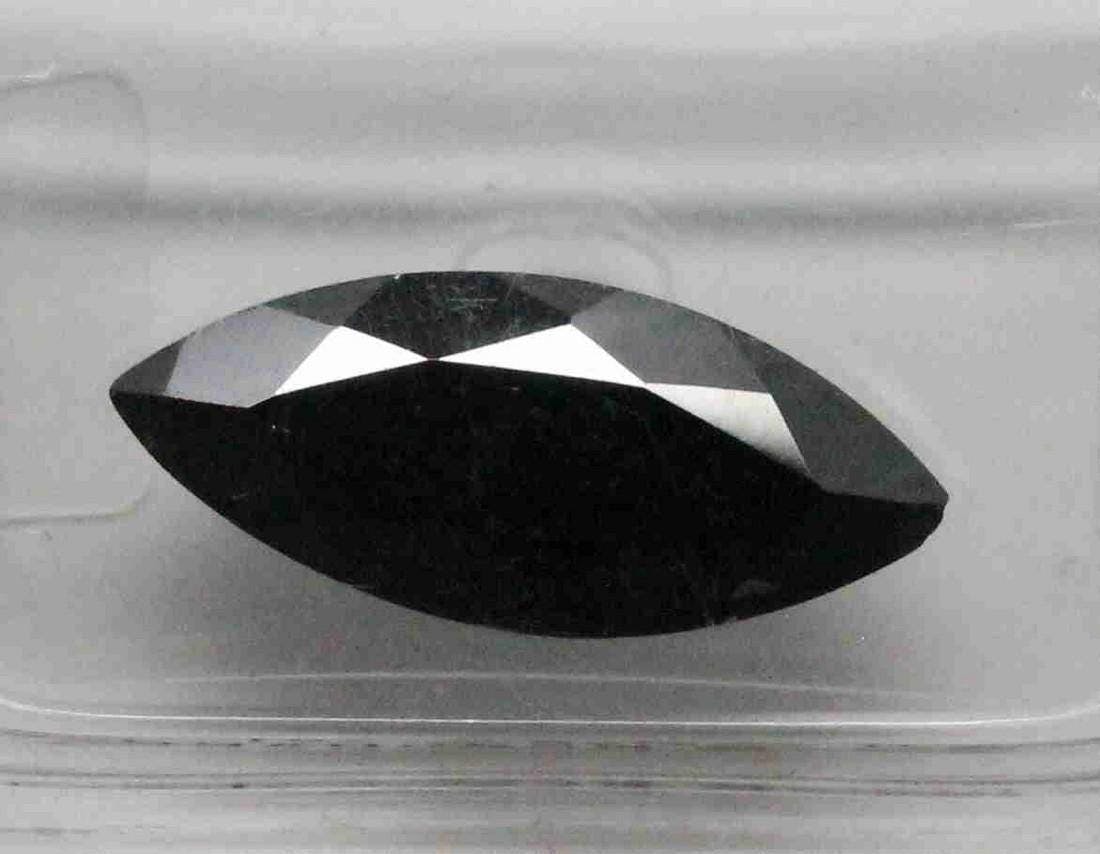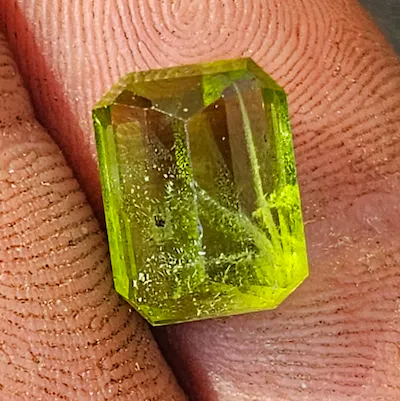News
How Does Jade Form?
Have you ever wondered how jade forms? Jade, which is actually a term that refers to two different silicate minerals – jadeite and nephrite, is a fascinating gemstone with unique properties. Jadeite forms along active subduction zones in high-pressure, low-temperature environments deep in the Earth’s mantle, while nephrite forms through metamorphism in the presence of water and carbonates derived from ocean floor sediments. Both types of jade undergo intense heat and pressure to transform into the beautiful gemstones we know. If you’re curious to learn more about the formation of jade and its mineralogical properties, read on to uncover the secrets of this precious stone.
What is Jade?
Jade is a term used to describe two different silicate minerals: jadeite and nephrite. Jadeite is a sodium-aluminum silicate rock with a polycrystalline structure, while nephrite belongs to the amphibole mineral supergroup and is a fibrous variety of the tremolite-actinolite series. Both forms of jade are highly valued for their beauty and durability.

How Does Jadeite Jade Form?
Jadeite jade forms along active subduction zones in high-pressure, low-temperature environments deep in the Earth’s mantle. This occurs when basaltic ocean plates subduct, or sink, under lighter continental plates. The metamorphic process that creates jadeite involves intense heat and pressure, as well as the presence of water and carbonates derived from ocean floor sediments. Water-saturated sedimentary marine rocks can fracture and break when dragged under continental plates, and the subsequent high temperature and pressure squeeze the water out of these rocks, giving rise to the formation of jadeite.
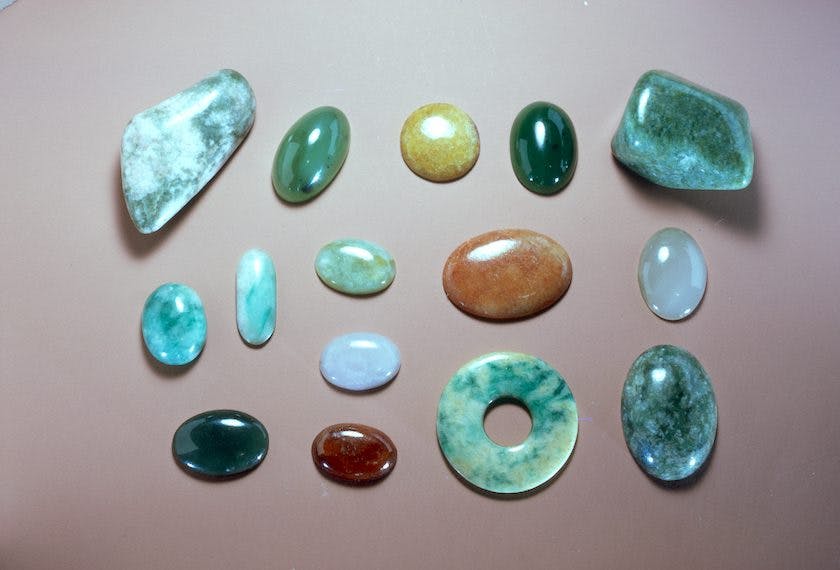
How Does Nephrite Jade Form?
Nephrite jade also forms through metamorphism, but the process differs from that of jadeite. Nephrite forms when serpentine, a type of mineral formed through the hydration and metamorphism of ultramafic rocks, undergoes further mineral transformation under intense heat and pressure. The fibrous structure of nephrite gives it its characteristic toughness and durability.

Can Jadeite and Nephrite Jade Form in the Same Deposits?
Although jadeite and nephrite are two distinct minerals, it is possible for them to form in the same deposits. This occurs when the geological conditions are suitable for the formation of both minerals. However, it is important to note that the occurrence of jadeite and nephrite together is relatively rare. Oftentimes, jadeite deposits are found in different locations from nephrite deposits, and each type of jade has its distinct geological characteristics.
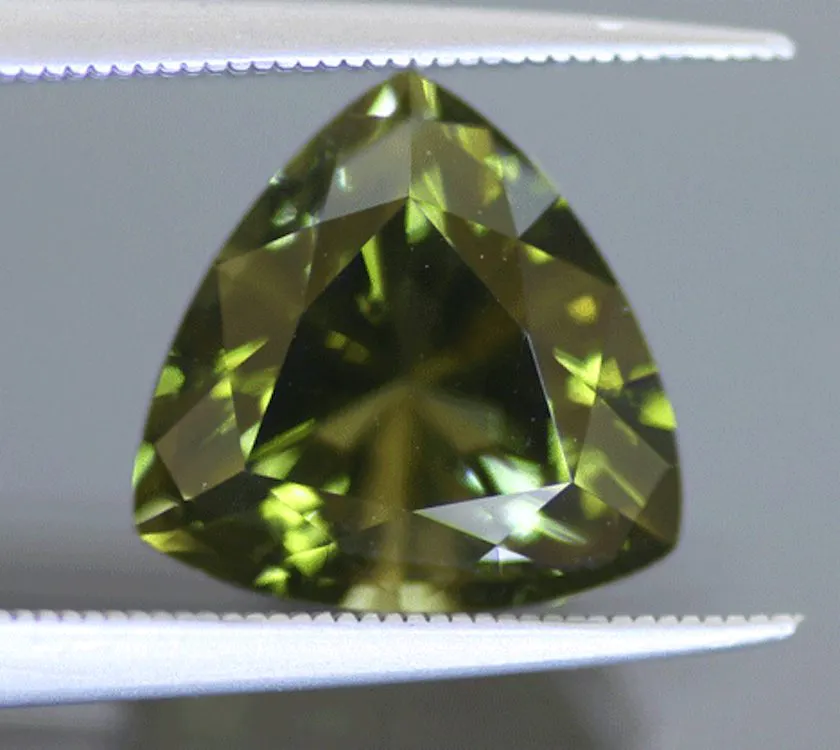
What Makes Jadeite Rarer Than Nephrite?
Jadeite is considered rarer than nephrite due to its geological origin and distribution. Jadeite is primarily found in Myanmar (formerly Burma) and is commonly known as Burmese jade. It is highly valued for its vibrant green color and transparency, making it ideal for fine jewelry and carvings. Nephrite, on the other hand, is more widely distributed and can be found in various locations worldwide. While both forms of jade are highly valued, the rarity and demand for jadeite contribute to its higher market value compared to nephrite.
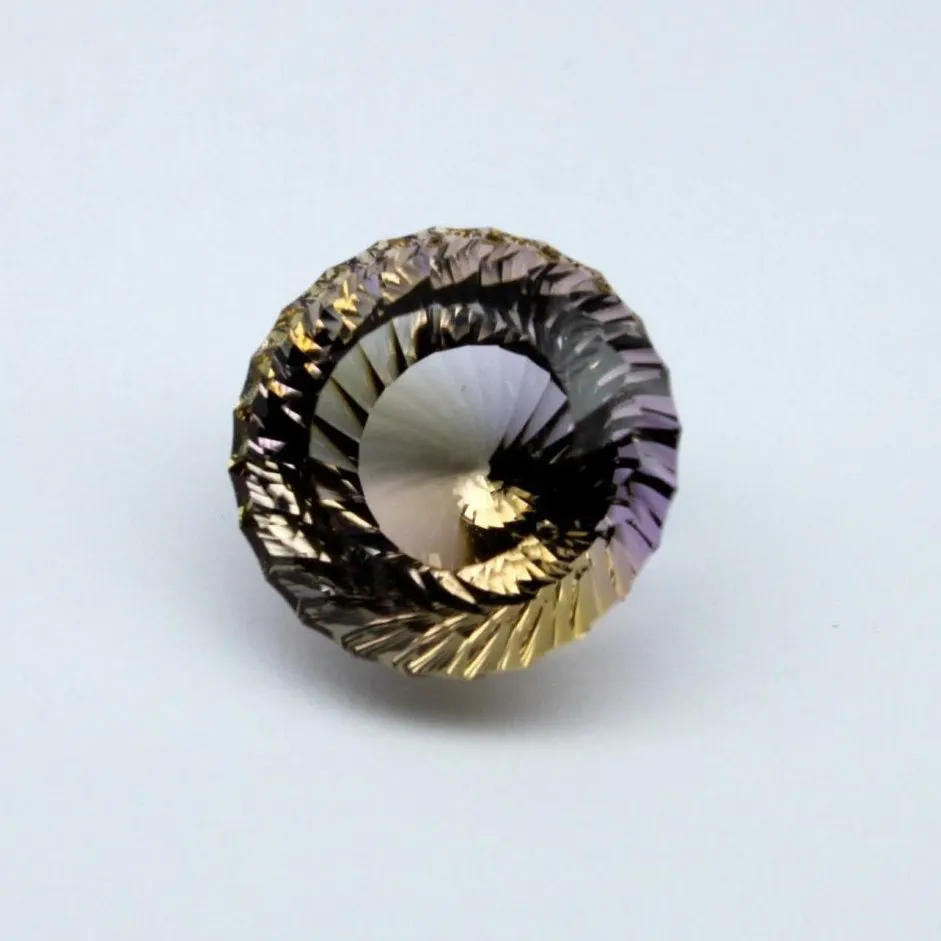
Mineralogical Properties of Jade
Composition
Jadeite is composed of sodium, aluminum, and silicate, with trace elements such as iron, chromium, and manganese contributing to its coloration. Nephrite is primarily composed of calcium, magnesium, and iron, with similar trace elements as jadeite. The specific composition of each type of jade determines its unique properties and appearance.
Structure
Jadeite and nephrite have different crystal structures, which contribute to their distinct properties. Jadeite has a polycrystalline structure, meaning it is composed of many small crystals arranged in a random pattern. Nephrite, on the other hand, has a fibrous structure, with long, interwoven mineral fibers that give it excellent toughness and resistance to breakage.
Texture
The texture of jade refers to its visual and tactile qualities. Both jadeite and nephrite can exhibit a wide range of textures, from smooth and polished to rough and granular. The texture of jade is influenced by various factors such as the size and shape of mineral grains, the presence of impurities, and the specific geological conditions under which it formed.
How Does Jade Get Its Color?
The color of jade is determined by the presence of trace elements and impurities. For example, green jadeite gets its color from the presence of chromium and iron, while lavender jadeite contains traces of manganese. Nephrite can range in color from white to green, with the presence of iron giving it its characteristic green hue. The intensity and shade of color can vary depending on the specific mineral composition and the geological conditions that the jade formed under. In addition, jade can also be treated to enhance or alter its color using various techniques such as dyeing or heat treatment.
In conclusion, jade is a valuable and beautiful gemstone that encompasses two distinct minerals: jadeite and nephrite. While they share some similarities in their formation processes and mineralogical properties, they have their distinct characteristics that contribute to their rarity and desirability. Understanding how jade forms and the factors that influence its color can enhance our appreciation for this fascinating gemstone.

